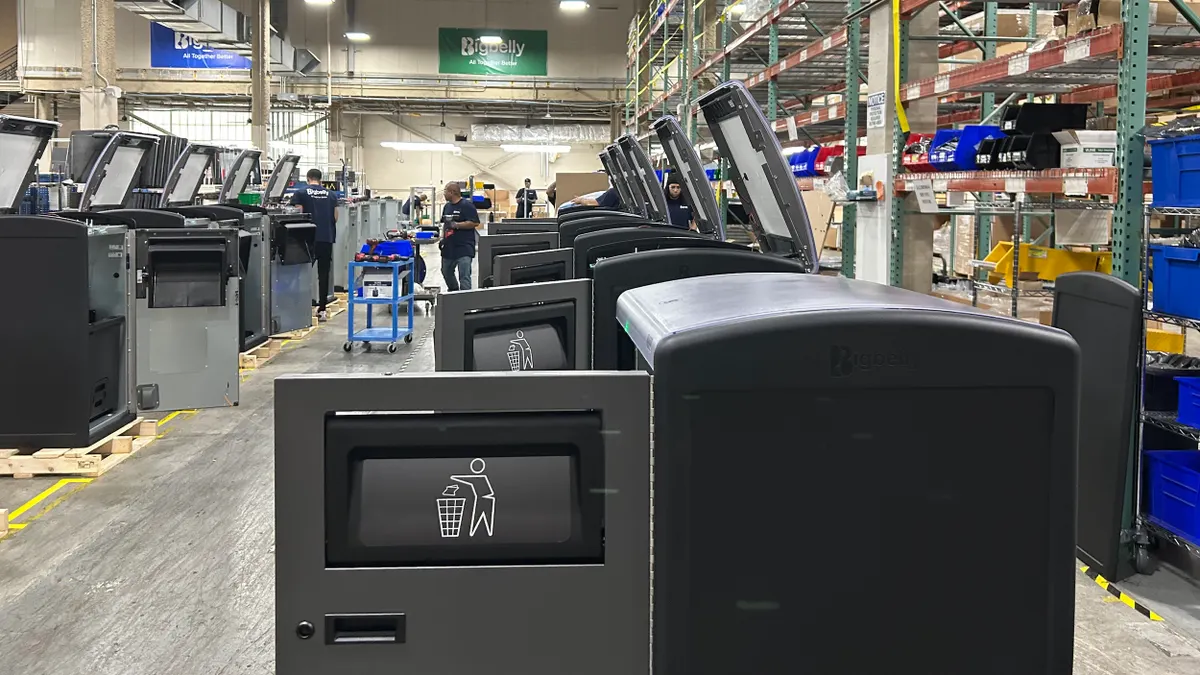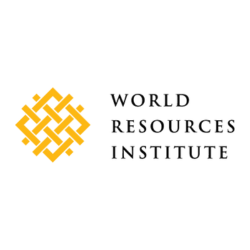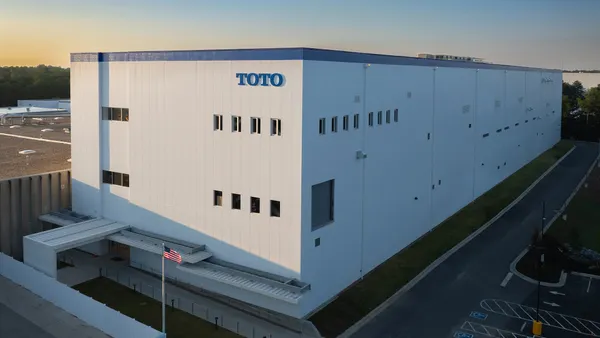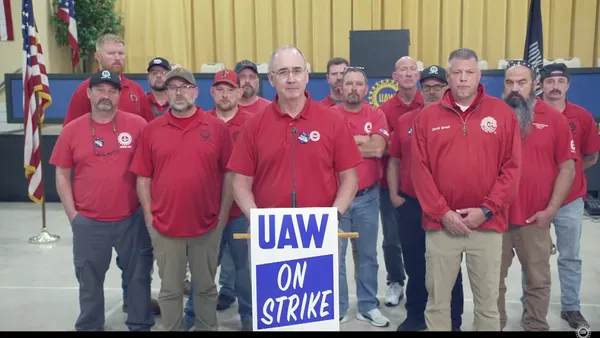Tariffs remain an ongoing concern as contraction in the manufacturing industry accelerated in July with declines in supplier deliveries and employment indexes, according to the Institute for Supply Management’s July Purchasing Managers’ Index.
ISM’s index registered 48% in July, down one percentage point compared with June. A PMI index below 50% indicates an industry in contraction.
Production rose 1.1 percentage points to 51.4% from June’s figures, though the increase suggests the industry is moving toward raising more prices due to ongoing tariff concerns.
“Tariffs have companies questioning their sourcing strategies, questioning the opportunities for reshoring or nearshoring in some cases,” ISM CEO Thomas Derry said on Friday’s call.
Companies are also considering passing on higher costs to their own end customers due to the duties, Derry added.
“We haven't seen a lot of that to date, but it's now something that's being actively mentioned,” Derry said.
Suppliers overall made faster deliveries in July than in June. In July, the supplier deliveries index read 49.3% compared with 54.2% in June, implying better supply chain performance amid continued sluggish demand. A reading above 50% indicates slower deliveries, which typically occurs as the economy improves and customer demand increases.
The employment index registered at 43.4%, down 1.6 percentage points from June’s 45% as companies remained cautious in hiring despite an increase in production.
The manufacturing sector’s gross domestic product contracted in July to a rate of 79%, from 46% in June. Derry said that it is the highest level the industry has seen since December 2024, which was “quite concerning.”
However, new and backlog orders increased by 47.1% and 46.8%, respectively, “positive indications for the future,” Derry said, as customers stocked up to get ahead of the tariffs. Now that inventories have been worked off, there’s indications that people will go back to their supply base to rebuild those inventories.
“That would be considered a potential positive indicator for the future in terms of manufacturing here in the United States,” Derry said.
Additionally, U.S. manufacturers will interpret the number of trade deals made by the Trump administration as leading to more stable and predictable conditions in the future.
“Which is only a good thing for manufacturing,” Derry said. “We're going to have to live with tariffs now, but to a large degree, we understand where they're going to be.”
S&P’s July PMI report reflected similar numbers and indicators, showing 49.8%, down from June’s 52.9%, which represents a “deterioration in operating conditions” in 2025 thus far. Though, the rise in prices peaked in June, Chris Williamson, chief business economist at S&P Global Market Intelligence, said in a statement.
S&P had a slightly different outlook regarding the remainder of the year.
“Optimism about the year ahead has meanwhile taken a knock as factories worry about reduced demand from customers, especially in export markets, and the inflationary impact of tariffs.” Williamson said. “Employment consequently fell as factories trimmed headcounts amid concerns over rising costs and lower sales.”













